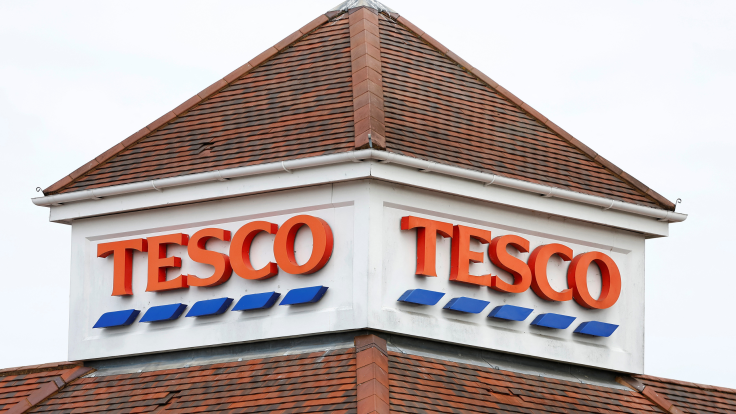Tesco Defies Market Pressure with Soaring Profits — Should You Buy In Before It Peaks?
Tesco lifts profit outlook despite supermarket price war — investors weigh in on stock's upward momentum

Tesco, the UK's largest supermarket chain, has upgraded its profit guidance after posting a robust first half of the financial year, despite fierce competition in the grocery sector.
The retailer now expects adjusted operating profit for 2025/26 to reach between £2.9 billion and £3.1 billion, up from its earlier projection of £2.7 billion to £3.0 billion.
The announcement, made on 2 October 2025, comes amid a highly competitive grocery landscape, with rivals slashing prices to retain customers.
Despite this, Tesco has managed to grow its market share, thanks to strategic pricing, product innovation, and an intense summer trading period.
Strategic Moves Pay Off
Chief Executive Ken Murphy attributed the performance to 'decisive action we took at the start of the year to further invest in value, quality and service.' Tesco's aggressive pricing strategy included reducing prices on over 6,500 products, with an average cut of 9%, and matching Aldi's prices on more than 600 items.
The retailer also benefited from an unusually warm summer, which boosted sales of seasonal ranges and fresh food. Over 470 new products were introduced, contributing to double-digit growth in its premium Finest line for the third consecutive year.
Murphy added: 'Sales have grown across all our businesses, with customer satisfaction scores improving once again.
'The steps we have taken to keep prices down for customers have improved our price position relative to the market.'
Clubcard and Digital Expansion Drive Growth

Tesco's Clubcard loyalty scheme remains a cornerstone of its customer retention strategy. The company has leveraged data-driven personalisation and retail media to deepen engagement and drive repeat purchases. Analysts note that Clubcard pricing has been instrumental in differentiating Tesco from its competitors, especially in a price-sensitive market.
The supermarket's online operations also saw significant growth, bolstered by the launch of F&F clothing online and the expansion of its rapid delivery service, Whoosh. These digital initiatives are part of Tesco's broader push to diversify revenue streams and future-proof its business model.
Investment Outlook: Is Tesco a Buy?
Tesco's share price rose by over 1.7% following the profit upgrade, and the stock is up 17% year-to-date. Analysts at RBC Capital Markets highlighted the company's strong top-line growth and improved free cash flow as key indicators of resilience. Despite elevated food inflation, Tesco has managed to maintain its sales volumes, demonstrating the high level of trust people have in the brand and its prices.
However, investors should remain cautious. The grocery sector remains fiercely competitive, and Tesco's rivals are unlikely to ease pressure. Asda, Sainsbury's, and Morrisons continue to battle for market share, and any misstep in pricing or supply chain efficiency could impact Tesco's margins.
Still, with a revised profit forecast and continued investment in automation, distribution, and customer experience, Tesco appears well-positioned for sustained growth. The opening of its new semi-automated distribution centre in Aylesford is expected further to enhance its fresh food offering and operational efficiency.
Tesco's ability to navigate a turbulent retail environment and emerge stronger has caught the attention of investors. With profits climbing and strategic initiatives bearing fruit, the supermarket giant may offer a compelling opportunity, especially for those seeking exposure to a defensive, dividend-paying stock.
As the supermarket price war intensifies, Tesco's next moves will be closely watched. For now, its performance suggests that it's not just surviving—it's thriving.
© Copyright IBTimes 2025. All rights reserved.





















